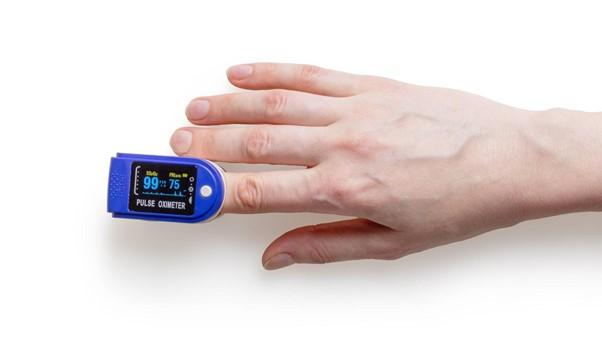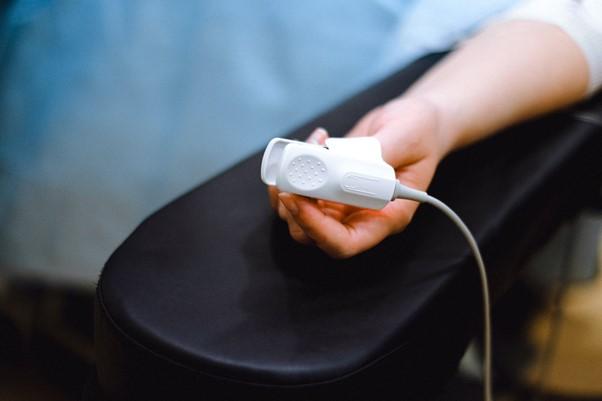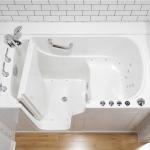A Simple Guide on Using Fingertip Pulse Monitoring Devices

In this day and age, a lot of people suffer from heart-related diseases or diseases that can greatly alter our blood pressure and heart rate. This, of course, is a really complicated problem to deal with, since it can be fatal if ignored.
Among the most common symptoms caused by abnormal blood pressure, we can find things like intense headaches, disorientation, fatigue, chest pain, and irregular heartbeat, problems with breathing as well as difficulties with balance. It can also cause abnormal sweating, sleeping disorders, dizziness, and an overall feeling of nervousness or uneasiness.
Of course, these problems can be treated with proper medication, but the medication is only recommended when problems arise, or under a very strict intake plan. That is why people often rely on a fingertip pulse monitor, also known as an oximeter, which is a very affordable device that can be used to monitor a patient’s heart rate, blood pressure, and many more aspects related to several conditions.
But how does a fingertip pulse monitoring device work, and in which cases it is recommended?
Its Applications
A monitoring device is often used to check the performance of our heart, and how efficiently it is pumping blood through our system. That is why patients with specific conditions might want to have one at hand. These conditions include:
- Pneumonia
- Asthma
- COPD or chronic obstructive pulmonary disease
- Anemia
- Lung cancer
- Heart complications
- Congenital heart problems
The main goal of an oximeter is to evaluate the effectiveness of medication used to treat the lungs, to determine breathing difficulties, to assess the efficiency of a breathing aiding device, to check oxygen levels in the blood during a complicated surgical procedure which might require the use of sedation, to assess whether someone is capable of handling increased levels of physical activity, and to know when someone stops breathing during their sleep.
If you are experiencing some of the problems showcased in this article, you might want to visit a doctor and get yourself an oximeter.
How It Works

One of the many advantages of a fingertip monitoring device, besides its accessibility and price, is its simplicity. They are designed to be very straightforward and easy to deal with since they portray a lot of information on a very small screen that covers most of the aspects you should care about.
These devices can be described as claw-like tools that can be placed in several areas of the body, including a finger, an earlobe, or the toe. It works by shooting small light beams that traverse the blood located in the placed area, and this small beam of light can measure the amounts of oxygen in the blood.
It achieves this goal by analyzing the changes of the light absorption levels inside the blood, which can pretty much translate oxygen levels. This process is very straightforward, pain-free, quick, and non-invasive.
In case you are interested, here’s a more detailed take on this process: https://www.healthline.com/health/pulse-oximetry#how-it-works.
How to Use It
When the device is placed in the recommended places above, it will start working right away. However, it is recommended to use take notes on the readings after a minute has passed. You should then take notes on the higher read provided by the device, then, after 5 or 10 seconds have passed, take notes once again. This will provide you a more accurate reading which you can base results upon.
An oximeter can also be used during physical activities. If this is the case, you should use it during the exercises, and after them, when you are resting.
The reads provided by an oximeter tend to be very precise, so you should worry about the results provided by it. However, you should consider that oximeters often can fail by a 2% range. This means that if your oxygen levels were 85%, it can also be an 83 or 87% result.
It is recommended that the person using the device remain as immovable as possible, doesn’t use nail polish in case the device is used on a finger, and remains in a placer with a fairly comfortable temperature that is neither too hot nor too cold.
For your information, a healthy body carries around 89% to 95% of oxygen in its blood. Consistent oxygen levels that are below this might prove to be caused by a problem, but inconsistency in results that are below this is not usually something to worry about.
More to Read:
Previous Posts:
Next Posts:




